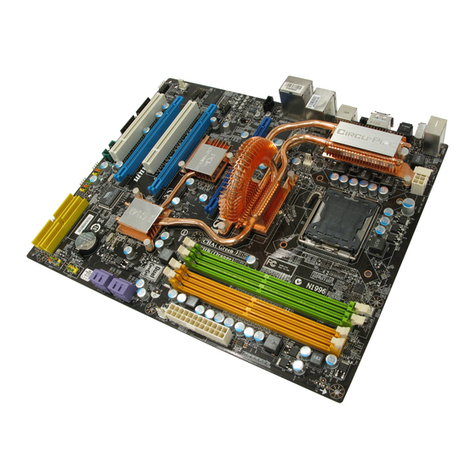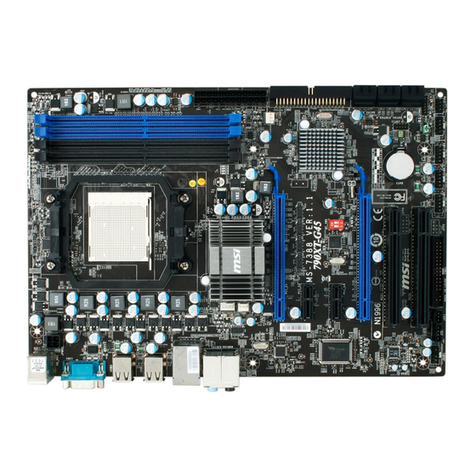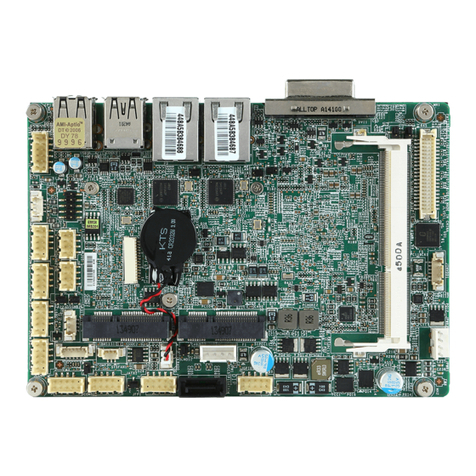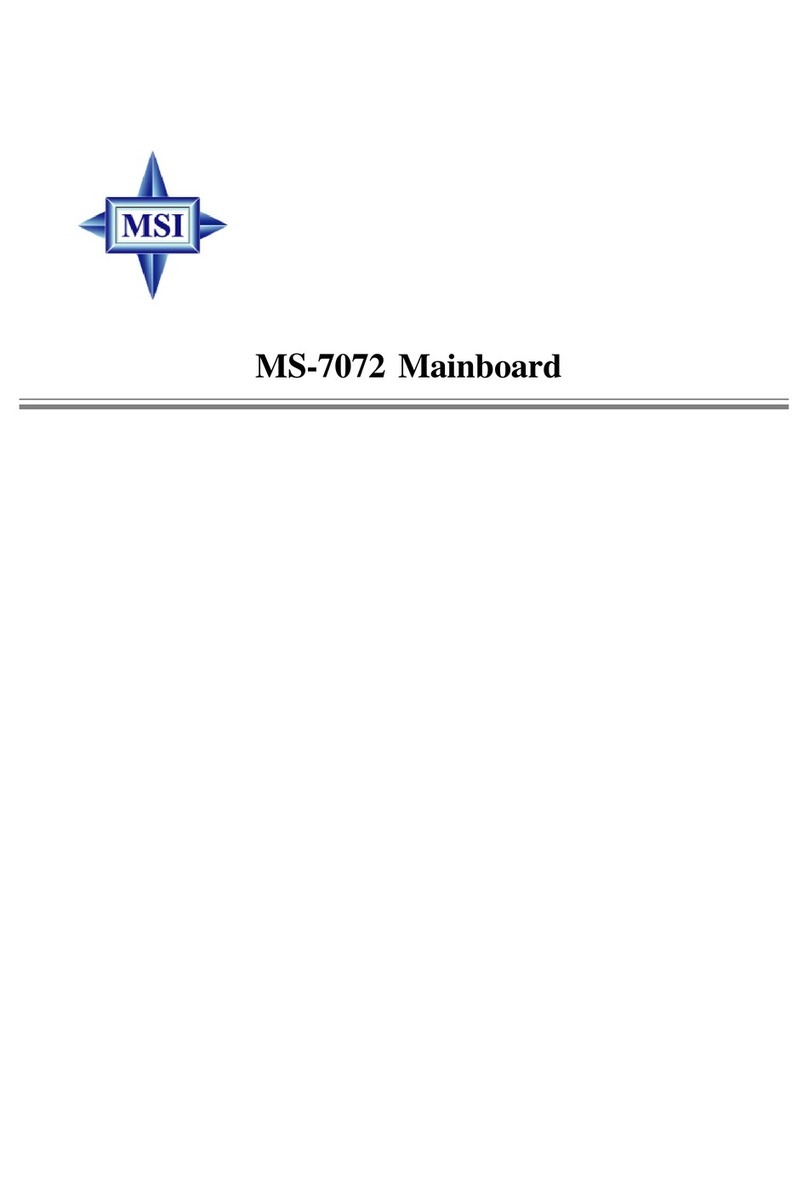MSI MS-6188 User manual
Other MSI Motherboard manuals

MSI
MSI MEG Z390 GODLIKE User manual

MSI
MSI Z87I User manual
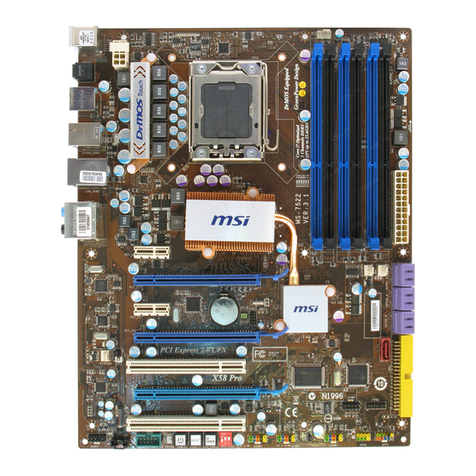
MSI
MSI X58 PRO MS-7522 User manual
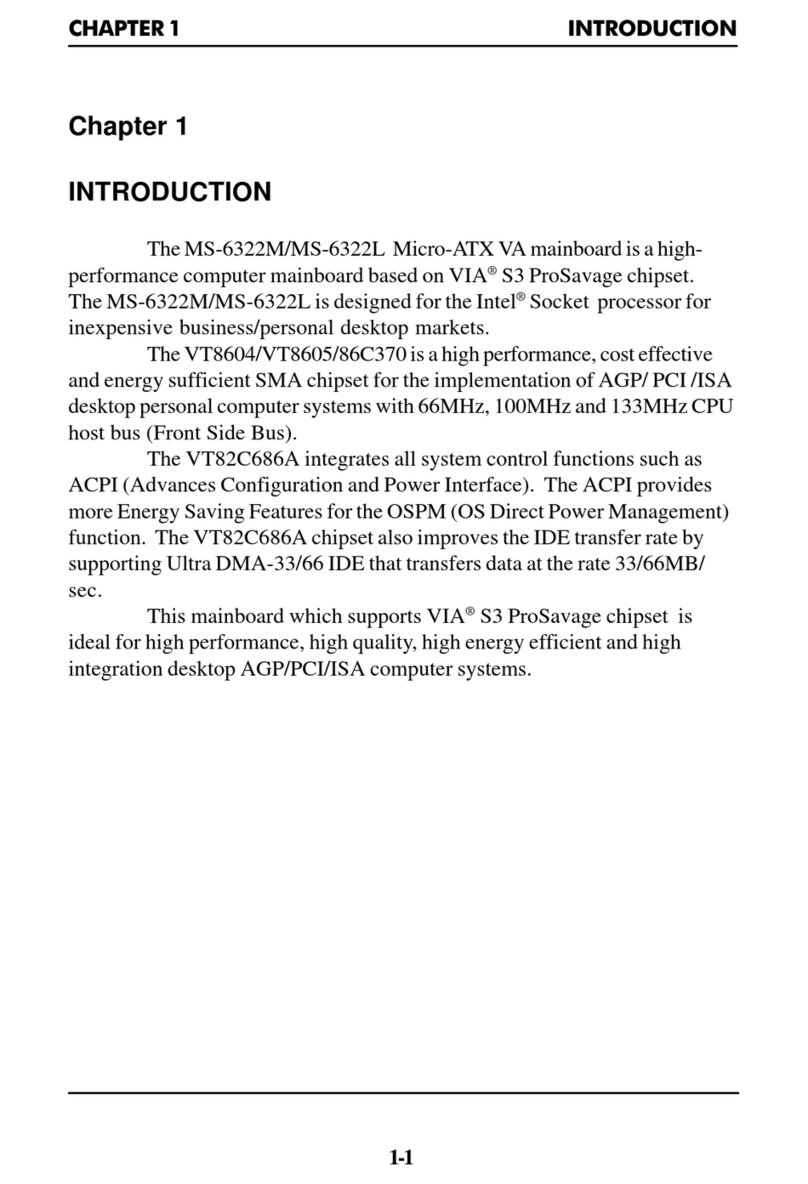
MSI
MSI MS-6322M User manual

MSI
MSI B350M GAMING PRO User manual
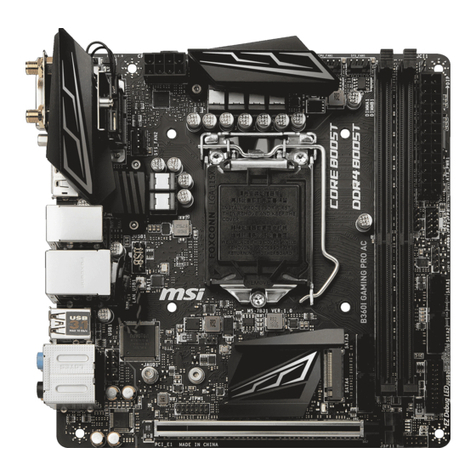
MSI
MSI B360I GAMING PRO AC User manual
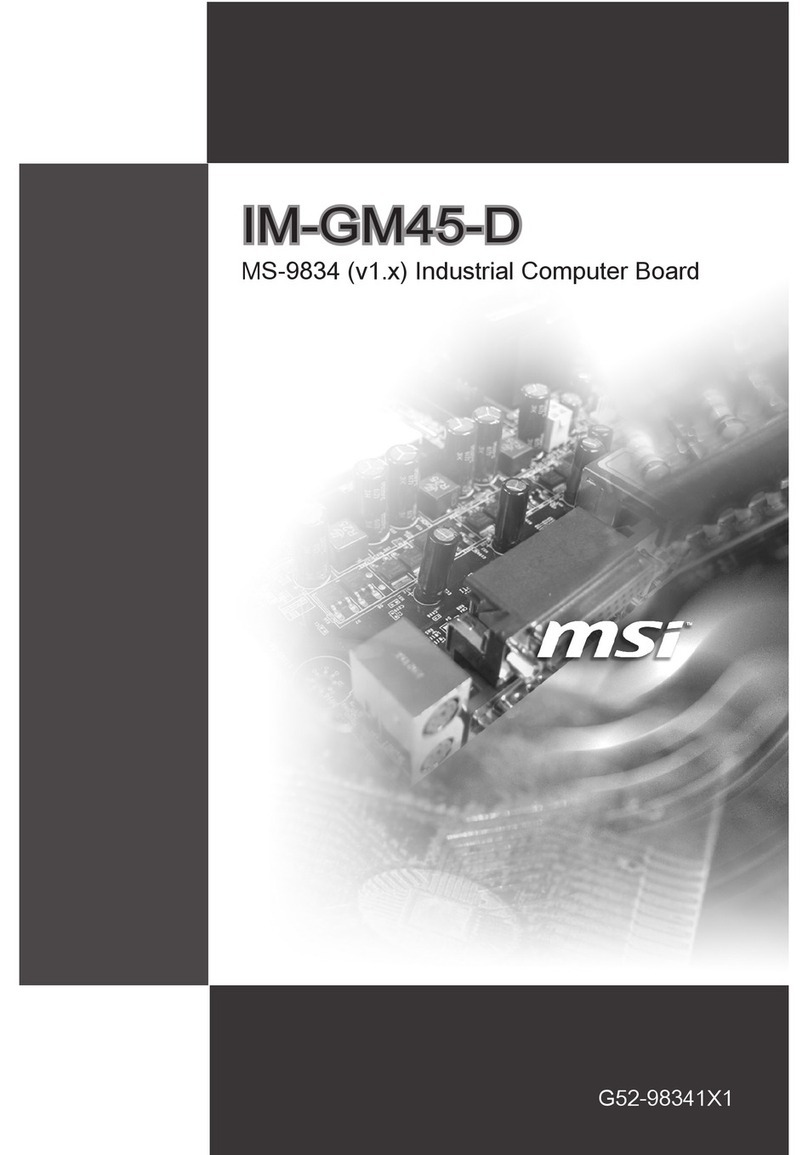
MSI
MSI IM-GM45-D User manual

MSI
MSI G4m-P25 User manual

MSI
MSI H170M ECO User manual
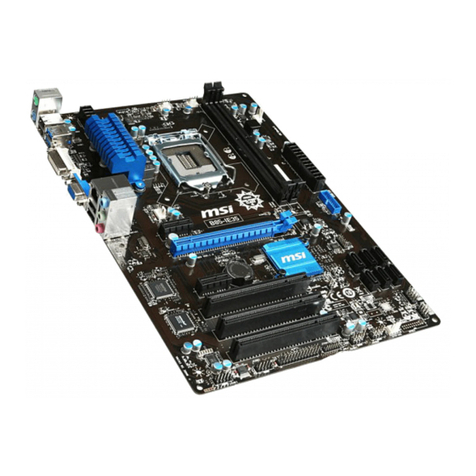
MSI
MSI B85-P33 Series User manual
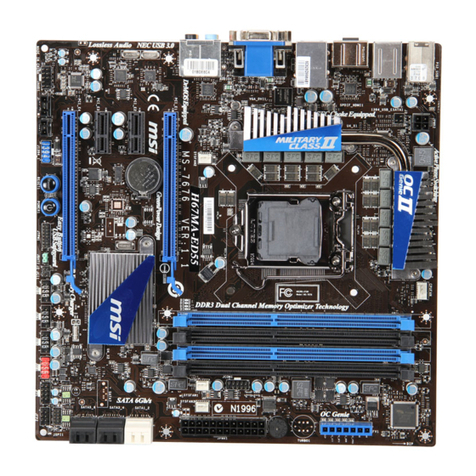
MSI
MSI H67MA-ED55 series User manual
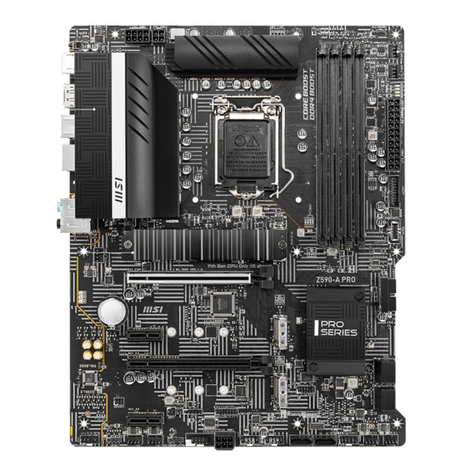
MSI
MSI Z590 PRO Wi-Fi User manual

MSI
MSI MS- 9130 v1.x User manual
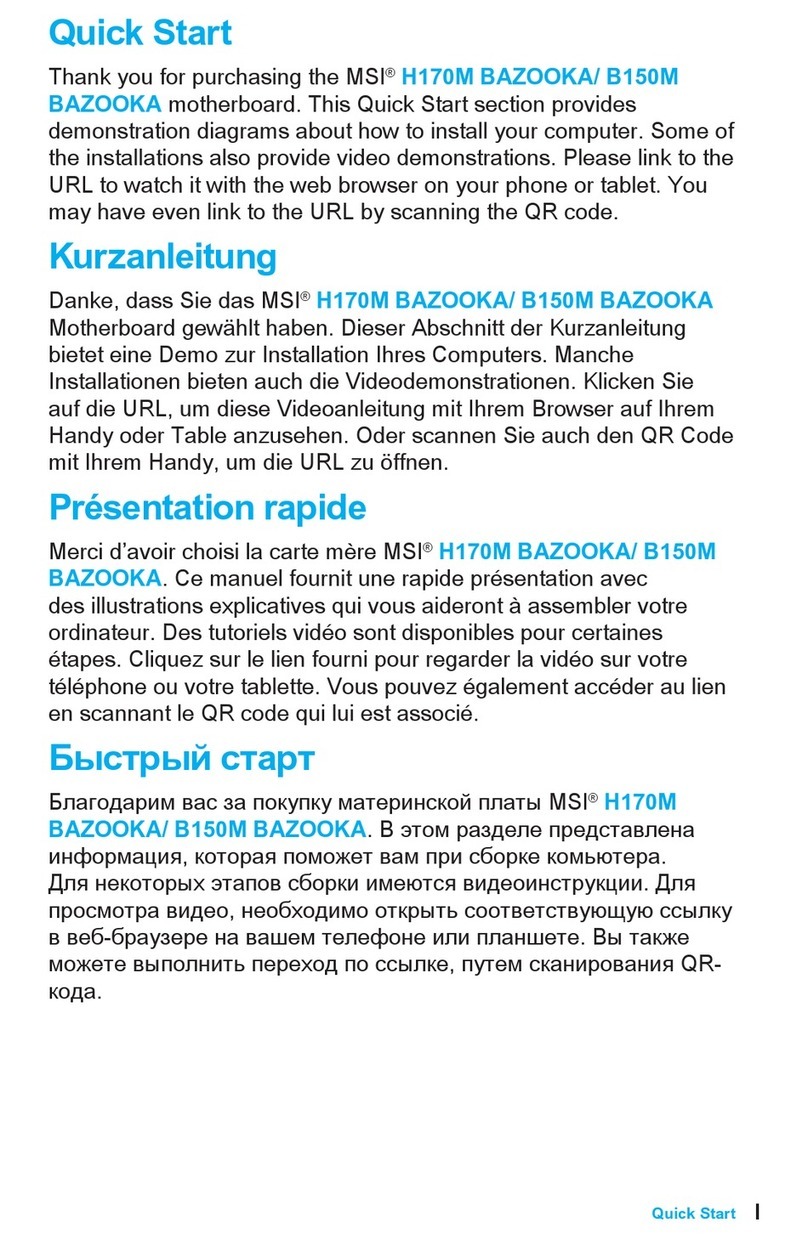
MSI
MSI H170M BAZOOKA User manual
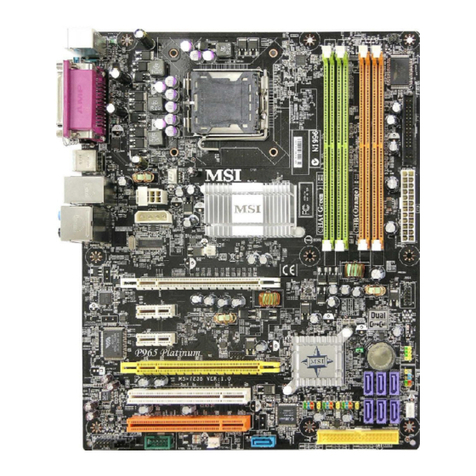
MSI
MSI G52-72381X1 User manual
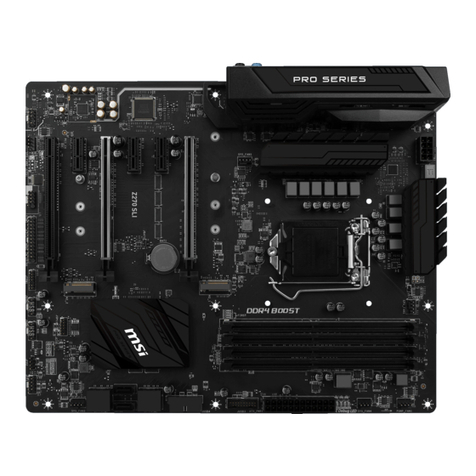
MSI
MSI Z270 SLI PLUS User manual
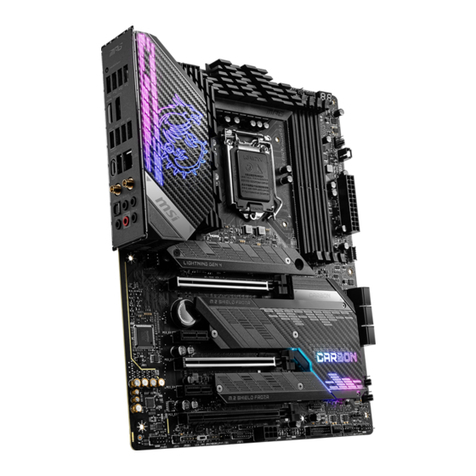
MSI
MSI MPG Z590 GAMING CARBON WIFI User manual
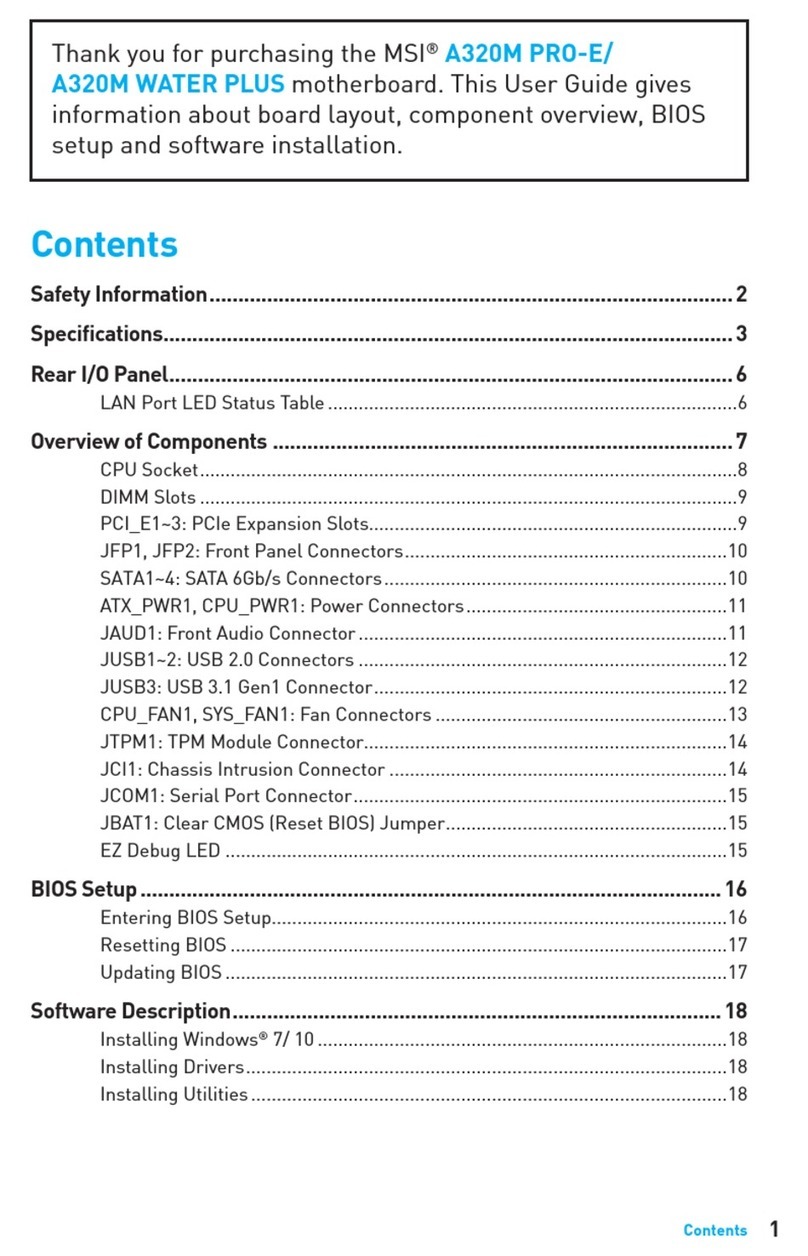
MSI
MSI A320M PRO-E User manual
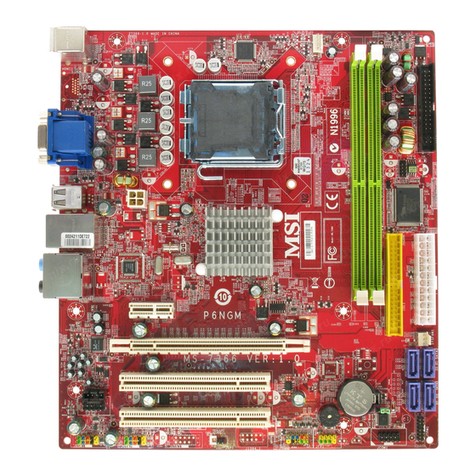
MSI
MSI P6NGM-FIH - Motherboard - Micro ATX User manual
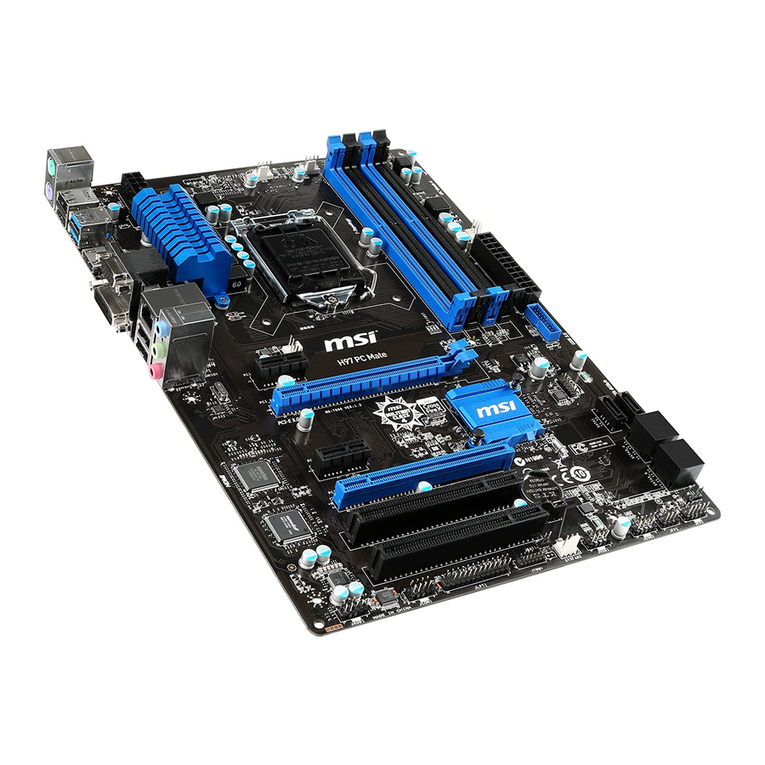
MSI
MSI Z97 GAMING 3 User manual
